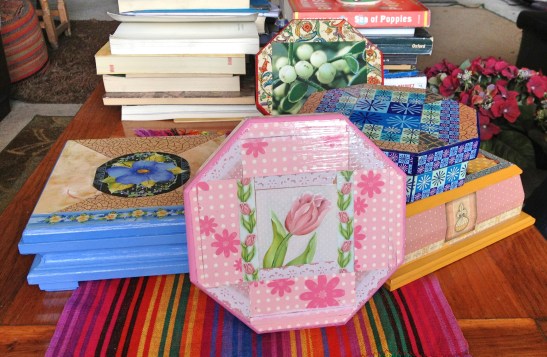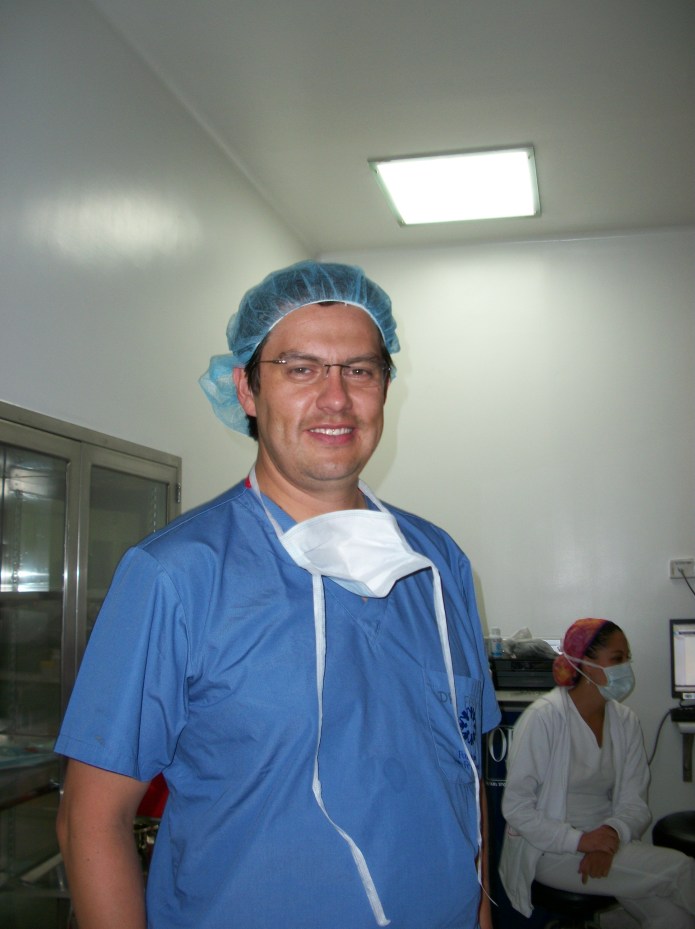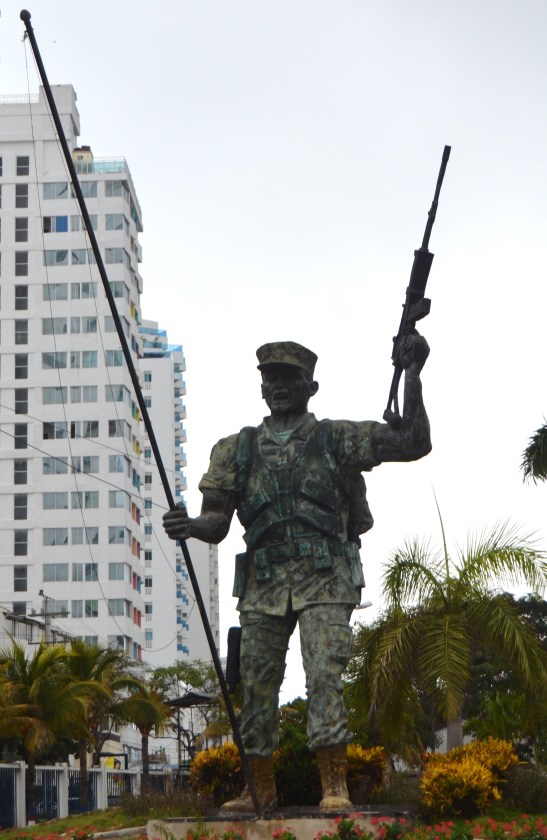Patient satisfaction and clinical outcomes
Like Kevin MD says, “Patient satisfaction can kill“. I’ve now seen several dramatic examples of this up close and personal. For readers who feel like they are in the dark – there is a new ‘trend’ in healthcare, which financially rewards hospitals and physicians based on patient satisfaction scores.. Politicos, lobbyists and professional “patient advocates” have heralded this approach as the second coming. A lot of these advocates try to lump patient satisfaction in with patient autonomy and patient rights.
Patient satisfaction is not the same as patient rights.
But it isn’t the same – and it’s stupid to pretend it is. People have the right to determine if they want treatment X or not. But giving people a “line-item veto” power on associated activities is a lazy clinician’s practice and recipe for disaster. (Not only that – it victimizes the very population we are trying to protect. Anyone who is a parent understands this concept, but any degree of ‘paternalism’ in medicine is now viewed in a very negative light).
Instead of a new enlightened period of patient empowerment, informed consent and respect for patient rights, we have lazy attitudes (clinicians) and temper tantrums (patients) driving our clinical practices. Doctors would rather ‘give in’ on critically important items than spend time to repeatedly try to explain key concepts of care to increasingly demanding ‘consumers’. Overburdened staff are happy to go along with anything that decreases a workload which has tripled with recent changes in documentation.
It’s been a clinical nightmare and an unprecedented fiasco in patient mismanagement which has lead to a dramatic rise in medical complications, length of stay and patient suffering. I know, from first-hand observation and it’s been difficult to watch. Even worse, it’s like a runaway train. No one seems willing to reach for the brakes as it careens out of control and off the cliff. It doesn’t seem to matter that there is ample evidence that this practice actually harms patients – the idea remains popular with payors, public relations departments and patients alike.
I work in cardiothoracic surgery so I guess I’ve been sheltered from this mentality. It took a while for this concept to trickle down from the more ‘concerge-friendly’ specialities which have a high rate of elective procedures. (No one really has elective cardiac surgery – when we used the term, we mean it’s not an active emergency). I was first confronted with this concept when I started writing about plastic surgery. People sent me numerous emails to complain about some of my reviews. They didn’t care if conditions were sanitary or even safe. Poorly staffed facilities, office-based surgeries with improper anesthesia, or a high rate of infections and post-operative complications didn’t concern them. “Doctors” with falsified credentials didn’t daunt their enthusiasm. The people writing to me only cared about two things; the doctor’s “bedside manner” and the price. (Price was an important factor because we were often talking about procedures not usually covered by health insurance).

What is more important: a great surgeon or a great-looking one? Patient satisfaction scores are often based on relatively superficial factors such as attractiveness, charisma or even whether the hospital has catered meals or hardwood floors..
I thought it was disturbing at the time, but I chalked it up to a lack of knowledge on the part of the “consumers”. They just assume that these problems won’t happen to them. Complications happen to other people.
Consumer or patient?
But it is this concept as consumers versus patients that is so very damaging. It’s okay to use Yelp! to choose a restaurant, to google a hair dresser or use tripadvisor for a hotel. It’s even okay to use Angie’s List to find someone to trim your hedges and mow the lawn. That’s because in the worst case scenario – consumers have an unpleasant experience – the wait staff is slow, the haircut is ackward, or the hotel is noisy. Maybe the gardener is late or leaves cut grass all over the sidewalk. But no one gets hurt, and certainly no one dies.. Not from a bad haircut..

This is a photograph from a famous trainwreck in my home town in Virginia in 1903. Somehow, it seemed appropriate for today’s discussion.
The problem with the consumer concept is the idea that “the customer is always right” or that the customer always knows best. This means that customers are not only choosing their doctors based on this type of superficial data but also dictating the care.
This is where it gets dangerous.

Aortic Valve Replacement – photo by K. Eckland, 2012
In cardiac surgery, we’ve long had a saying, “Cardiac surgery is not a democracy.” This means that the surgeon has the last word, and is the highest authority when it comes to the care of cardiac patients. The surgeon’s wishes trump mine, the anesthesiologists, the nurses, and even the patients and the patients’ family. That’s because most cardiac surgeons have decades of medical and surgical training in addition to their individual years of clinical practice. Surgeons and their support staff (like myself) are expected to use evidence-based practice. This means we prescribe, and perform treatments based on years of research, and based on published guidelines. These guidelines and protocols are then personalized or altered to suit each patient’s individual needs. (Needs, not wants).
One of the biggest examples of this principle is: Ambulation after surgery
Nobody wants to get out of bed and walk after heart surgery. We’d all love to nap all day, get limitless pain medication and wake up six weeks later, rested and restored to health. But reality doesn’t work that way. Patients who get up and move, and do so in the early periods after surgery – do dramatically better than patients that don’t. They have less complications, and they actually feel better than patients who are allowed to take a more leisurely approach to cardiac rehabilitation. Even a day makes a difference so this is where most surgeons draw rank. Walking is not an “optional” part of post-surgical care.
In the ten years that I have been working in cardiac surgery, in massive academic facilities, average size hospitals and even small community programs – the guiding principle has been up and out of bed – and most programs do this at a fairly rapid pace. For uncomplicated patients (no major immediate surgical problems, or advanced heart failure), the gold standard is out of bed to the chair on the evening of surgery (for patients who return from the operating room by mid-afternoon) or by 6 am the next morning (patients that arrive later, or who take longer to awaken from anesthesia). These patients then take their first walk on post-operative day one to the nursing station and back, (usually around 50 to 200 feet) before lunchtime as a prerequisite for being transferred out of the intensive care unit to the step-down unit that afternoon. For these patients, walking is not up for discussion. It is the clinical expectation and part of the ‘package’ that goes with the operation. Patients walk. Period.
The majority of these patients will be discharged home on post-operative day 4. Some will go home on post-operative day 3. Not only that – but they will feel relatively good and will be clinically/ physically and psychologically* ready to go home by that time.
*Families are another story – the stress and anxiety of heart surgery is often worse for loved ones than for the patient and often does not clinically correlate with the patient’s actual physical condition.
Clinical Scenario of patient care driven by patient satisfaction scores$$$
In comparison, at a private, up-scale facility where I recently visited, the desire to please and get good Yelp! scores trumps the principles of patient care. To start with, all patients automatically receive heavy doses of narcotics immediately after extubation via pca (patient controlled analgesia). In theory, the pca allows patients to receive medication without lengthy delays to control pain to a ‘reasonable’ level. (It is not reasonable to expect to be pain-free after major surgery.)
Patient satisfaction promise #1: You will be pain-free after surgery
But this hospital promises pain-free and they do their darndest to deliver. Patients get on average 6 to 8 milligrams of dilaudid (hydromorphone) every hour after surgery by pushing their pca. (If you think, “hey, after sawing my chest apart – that sounds like a great idea” then you are at risk for what happens next..
Nurses at this facility love this policy because it means they don’t have to attend to the patient as often and can catch up on computer documentation, facebook or whatever since the patient will be medicating himself into a semi-comatose state over the next few hours. Semi-comatose is not an exaggeration.
Neurologically, some of these patients will develop delirium and vivid hallucinations. Others will become agitated and combative. Others will simply become confused and sleepy.
Since narcotics cause respiratory depression, sometimes these patients become hypoxic after using the pca heavily despite the supposed safeguards (lockouts are usually set ridiculously high – and despite policies against it – visitors, family and staff will push the pca button, even when the patient isn’t asking for medication). Sometimes, patients end up on bipap or even re-intubated. More often, they are just asleep – which as I said, suits the staff fine because it’s a lot less work for them.
But for the patient, it’s lost time – and puts them at risk for even more complications. These people should be getting up to the chair, or walking for the first time. Walking promotes respiratory expansion, prevents blood pooling (in extremities) and helps restore gastric function.
Instead, they are sleeping. They should be performing pulmonary toileting to clear out all the secretions that built up during their lengthy surgery and reduce the risk of a post-operative pneumonia. Instead, their lungs are building up more secretions.
Soon, the patient will want some water, after the intense mouth drying effects of the ventilator and breathing tube. But the powerful narcotics have completely shut down bowel function. No bowel sounds, no activity. Water means nausea and vomiting, and more medications. In many patients, this can cause an ileus, which adds several more unpleasant days (with a nasogastric tube) to their hospital stay. For a fraction of these patients – they may need an emergent operation for a bowel obstruction as fecal material forms into hard, unpassable blockages in the GI tract. Either way, the gross overuse of narcotics in these patients negatively impacts two of the most basic principles of post-cardiac surgery rehabilitation: ambulation and pulmonary toileting, and leads to increased risks of major/ unnecessary complications.
Patients need pain control after surgery – without adequate pain control patients can’t do all the activities they need to as part of their rehabilitation. Untreated pain can in itself lead to complications. But this bazooka approach to pain management is inappropriate for the vast majority of patients – especially the narcotic-naive or frail elderly (that make up a large percentage of cardiac patients).

Chasing patient satisfaction scores and profits in American healthcare
The bottom line for CEOs and Administrators – I’m not sure if fulfilling the promise of pain-free cardiac surgery results in increased patient satisfaction scores on post-hospital surveys. Do patients who spent the first two days after their surgery in a narcotic haze but then spent four or five extra days in the hospital due to preventable complications rate the service as well as patients undergoing surgery in a traditional program (who go home on day #4)? And even if it does result in high satisfaction scores, (like it apparently did at this facility) – Is it ethical or moral to sacrifice the patient’s actual health and well-being for a couple of gold stars on post-discharge questionnaires.
But this is just the first part of the sequelae created by hospital administrators in their intense desire to chase profits, business and customers. (This facility has created a niche market for itself by promoting these customer satisfaction practices that appeal to people that would otherwise seek care at the internationally known large academic facilities in the nearby area). We will talk about some of the other pitfalls of programs and practices devoted to chasing patient satisfaction scores, instead of patient care.
Take home message:
The real kicker: multiple studies like this one by Aiken et al., demonstrate that the best way to increase patient satisfaction is to give good care, as defined by our more traditional measures (good outcomes). Hospitals that were well organized, with high levels of nurse staffing, (low levels of burnout) and good work environments. Patients are happier, safer and have less complications when the nurse: patient ratios are appropriate for the level of care**. It was never really about the ‘perks’ but it’s easier / cheaper for administrators to add enhanced cable television and pay-per-view movies to patient rooms than to actually give a darn..
$$$ – At the facility that was dominated by concerns related to patient satisfaction scores (ie. Press Ganey scores), that had such a high rate of complications (and a higher than average mortality)?? All those doctors have excellent, yes, excellent Press Ganey scores.. because apparently giving unlimited narcotics makes up for unnecessary (and life-threatening) complications. [and because, as demonstrated by several of the references below, Press Ganey scores are far from a reliable indicator of care.
**CEOs take note: I said nurses, not “nursing staff”. Contrary to popular belief, 2 or 3 nursing aids, patient care techs or other ‘ancillary’ staff does NOT equal one well-trained registered nurse. While these ancillary positions are important for providing basic care like hygeine (bathing and toileting, repositioning) and recording vital signs, they can not substitute for a nursing assessment and physical examination.
That being said – if hospitals increased (doubled or tripled) the number of occupational and physical therapists on staff – patient length of stay, level of debility and hospital complications related to disability and immobility (pneumonias, deep vein thrombosis/ pulmonary embolism, falls, fractures and failure to thrive) would dramatically decrease.
Resources/ References and Additional Reading
The Eckland Effect – this isn’t the first time we touched on this discussion, though previous posts have been focused more on international medical tourism, rather than American hospitals.
Kevin MD blog – I don’t always agree with him, but it’s an excellent blog on American medicine from a physician’s perspective. If you read only one article from this post, read the article cited above.
Why rating your doctor is bad for your health. Forbes article, 2013.
Rice, 2015. Bioethicists say patient-satisfaction surveys could lead to bad medicine. Modern Healthcare, June 4th, 2015.
Dr. Delucia & Dr. Sullivan (2012). “Seven things you may not know about Press Ganey statistics“. Emergency Physicians Monthly. The pitfalls of Press Ganey.
Robbins, Alexandra (2015). The problem with satisfied patients. Atlantic Monthly, April 2015. An excellent read. Best quote of the article, “Patients can be very satisfied and dead in an hour.” Authors noted that the most satisfied patients were most likely to die.
Aiken LH1, Sermeus W, Van den Heede K, Sloane DM, Busse R, McKee M, Bruyneel L, Rafferty AM, Griffiths P, Moreno-Casbas MT, Tishelman C, Scott A,Brzostek T, Kinnunen J, Schwendimann R, Heinen M, Zikos D, Sjetne IS, Smith HL, Kutney-Lee A. (2012). Patient safety, satisfaction, and quality of hospital care: cross sectional surveys of nurses and patients in 12 countries in Europe and the United States. BMJ. 2012 Mar 20;344:e1717. doi: 10.1136/bmj.e1717.
Zgierska, Robago & Miller (2014). Impact of patient satisfaction ratings on physicians and clinical care. Patient Preference and Adherence. Results from a 26 item survey on physician’s attitudes and behaviors regarding patient satisfaction ratings.
This article demonstrates equal analgesia with IV tramadol versus the much stronger opioid, morphine. (For comparison, hydromorphone (dilaudid) is 10X stronger than morphine).
Grunkemeier, et. al. (2007). The narcotic bowel syndrome: clinical features, pathophysiology and management. Clinical gastroenterology and hepatology. 2007 Nov 11.

























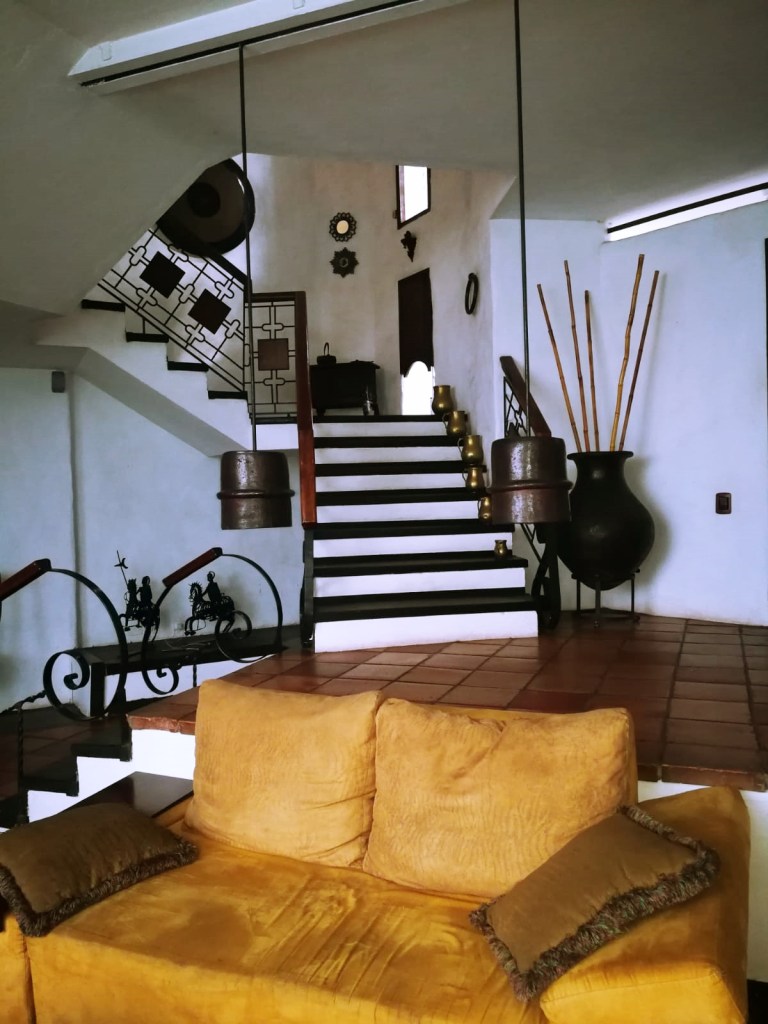



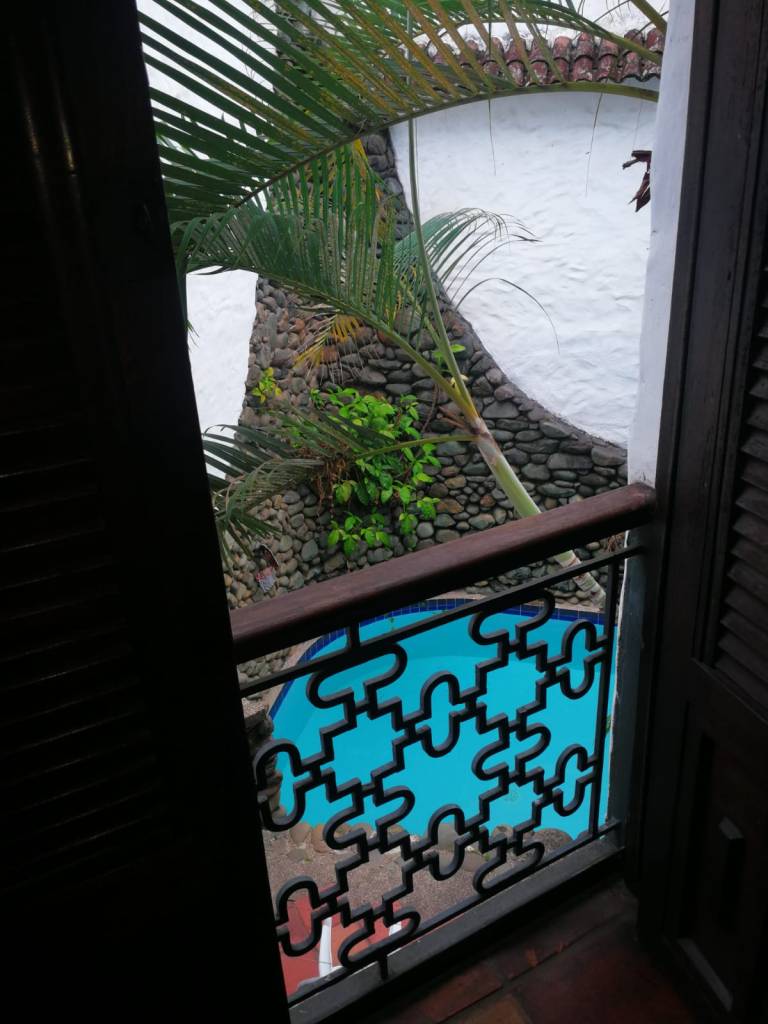






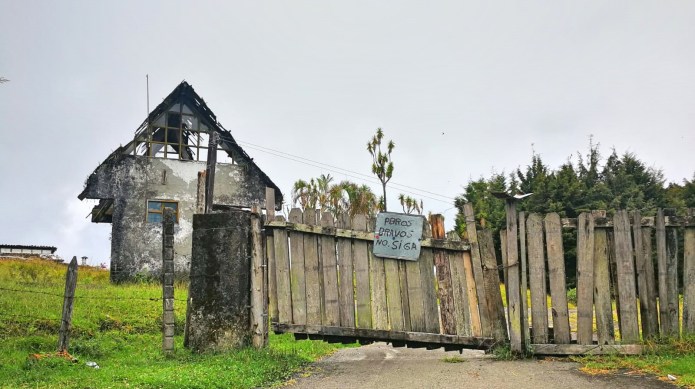







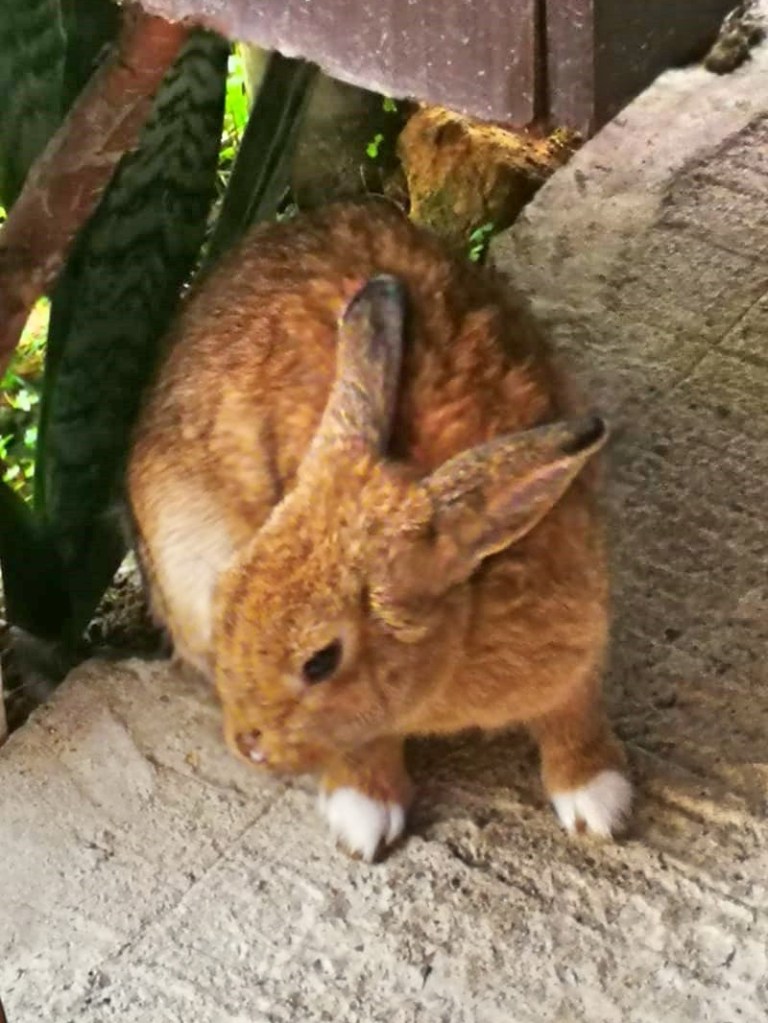

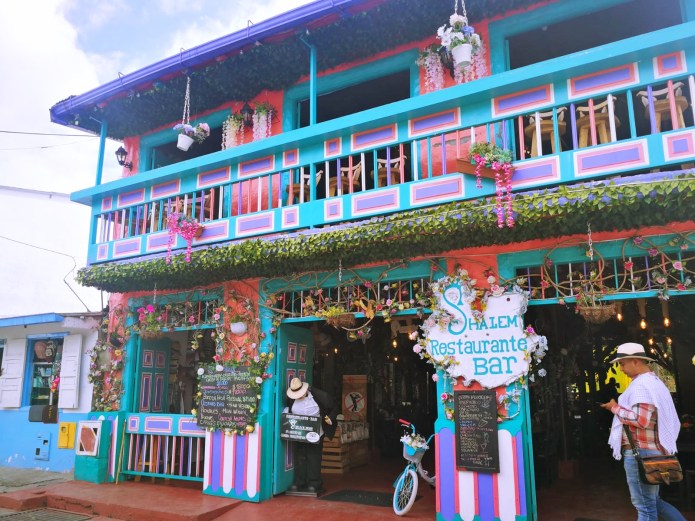

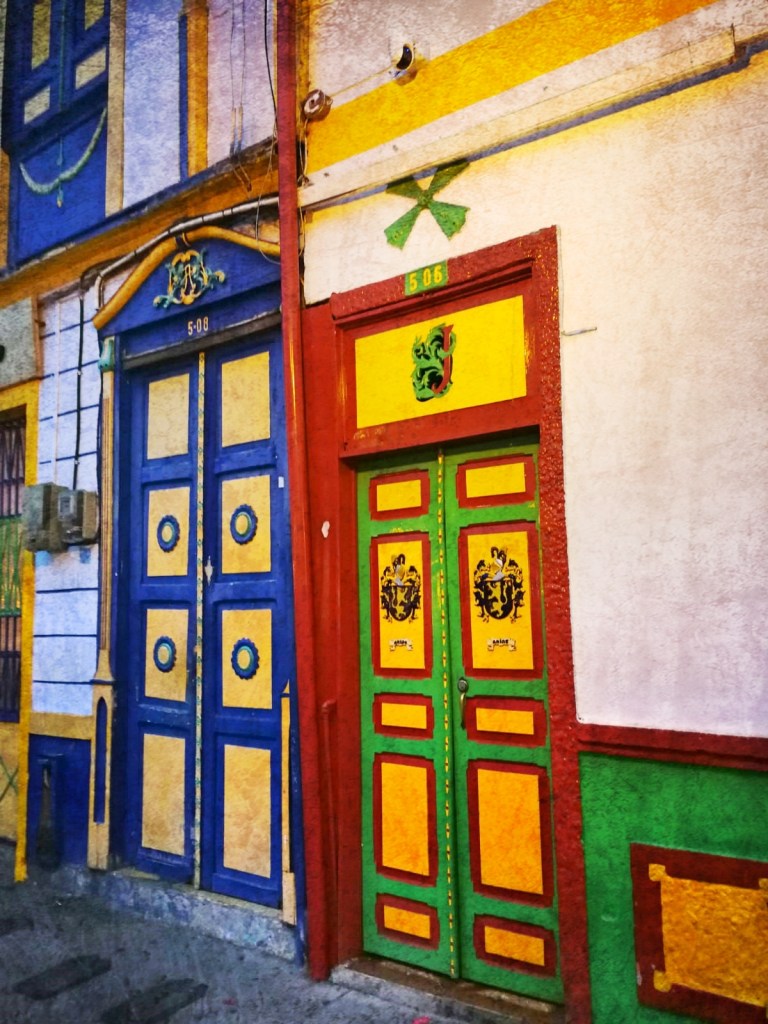





















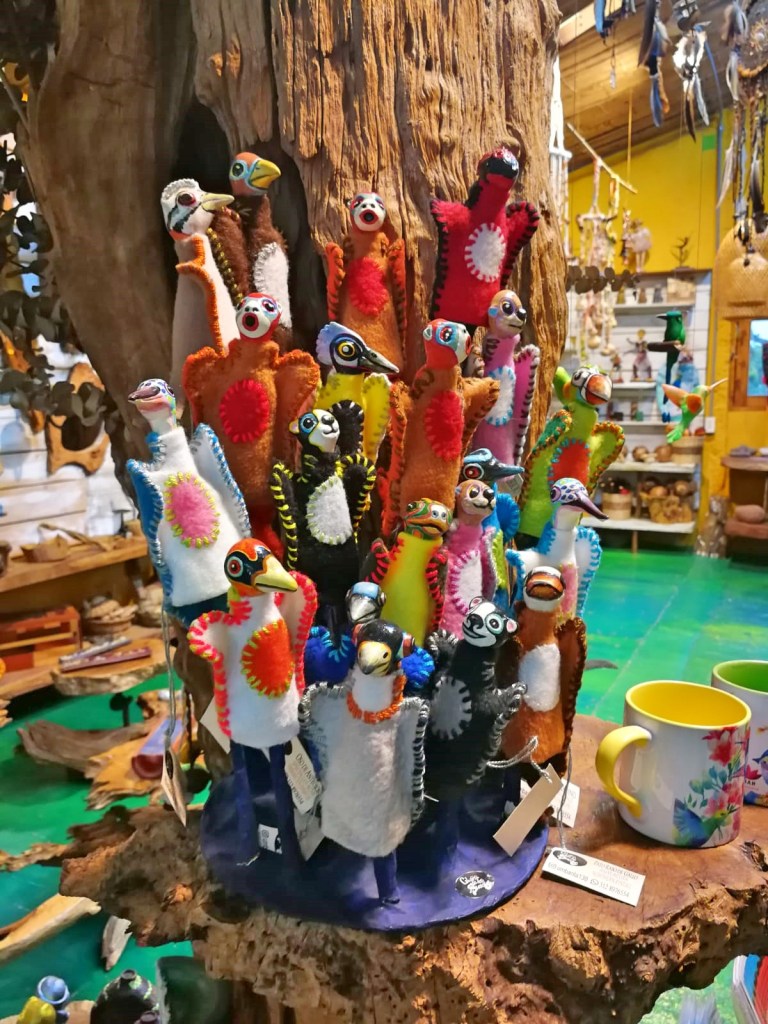




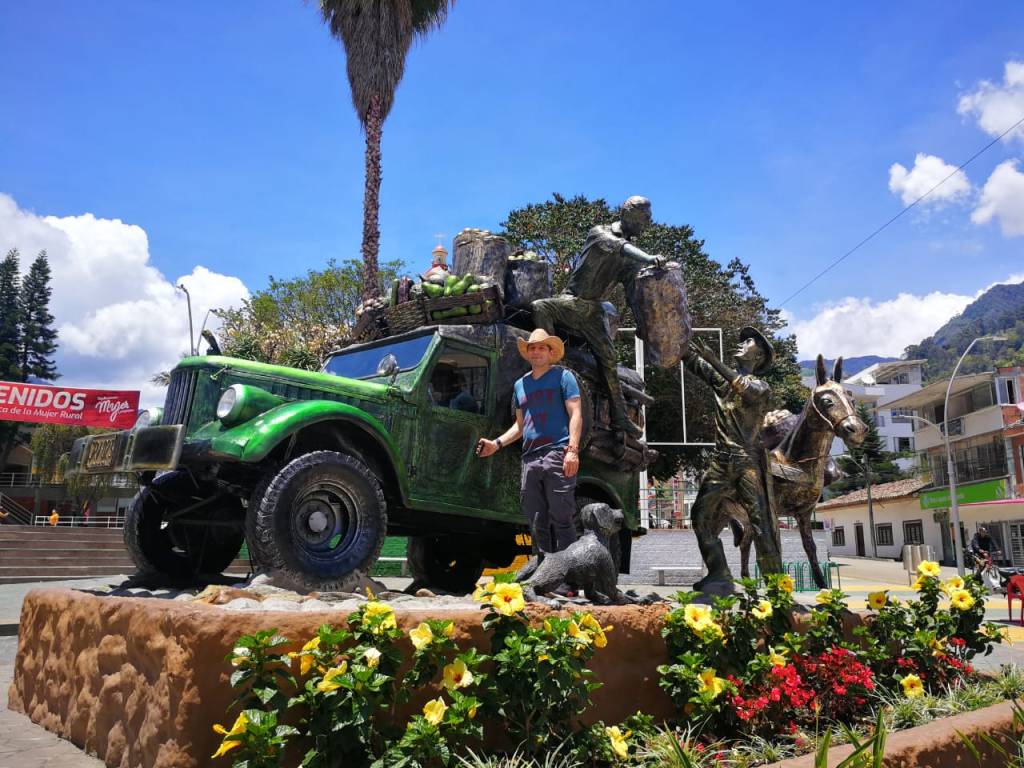
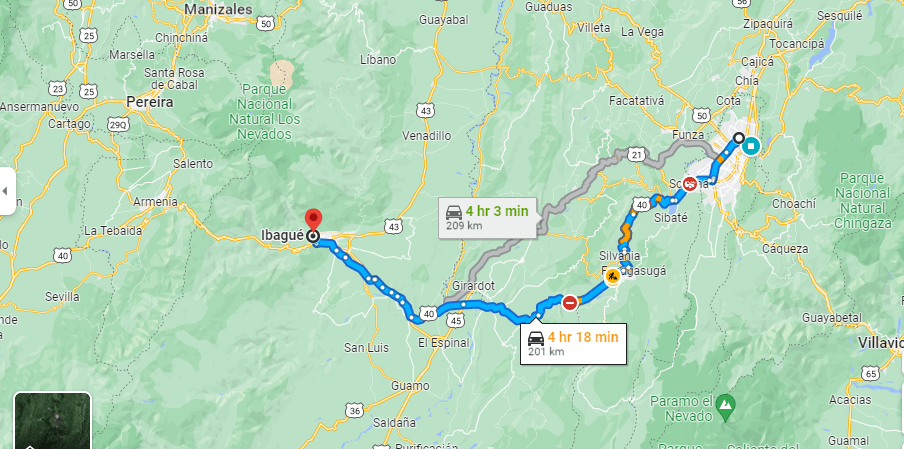






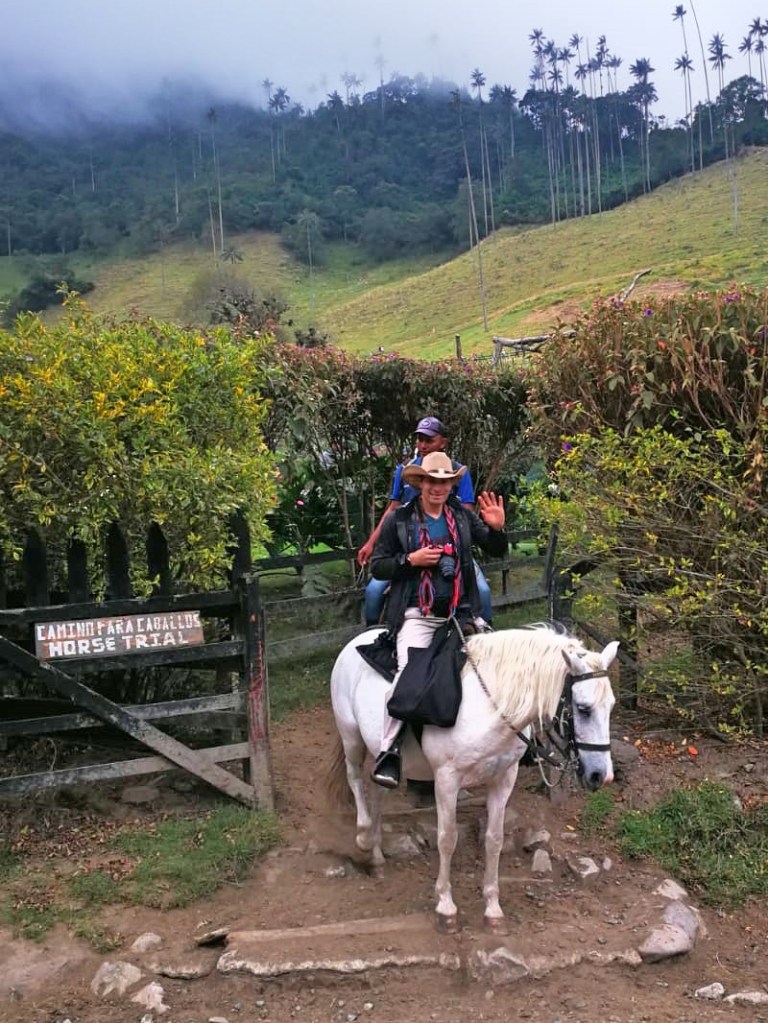
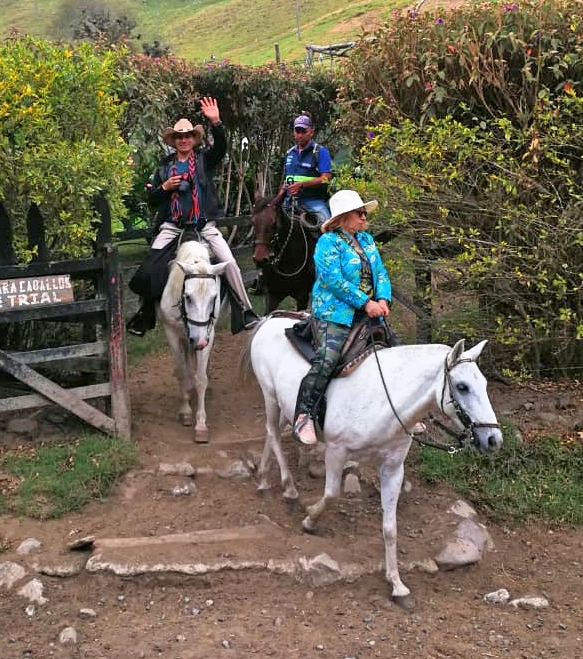

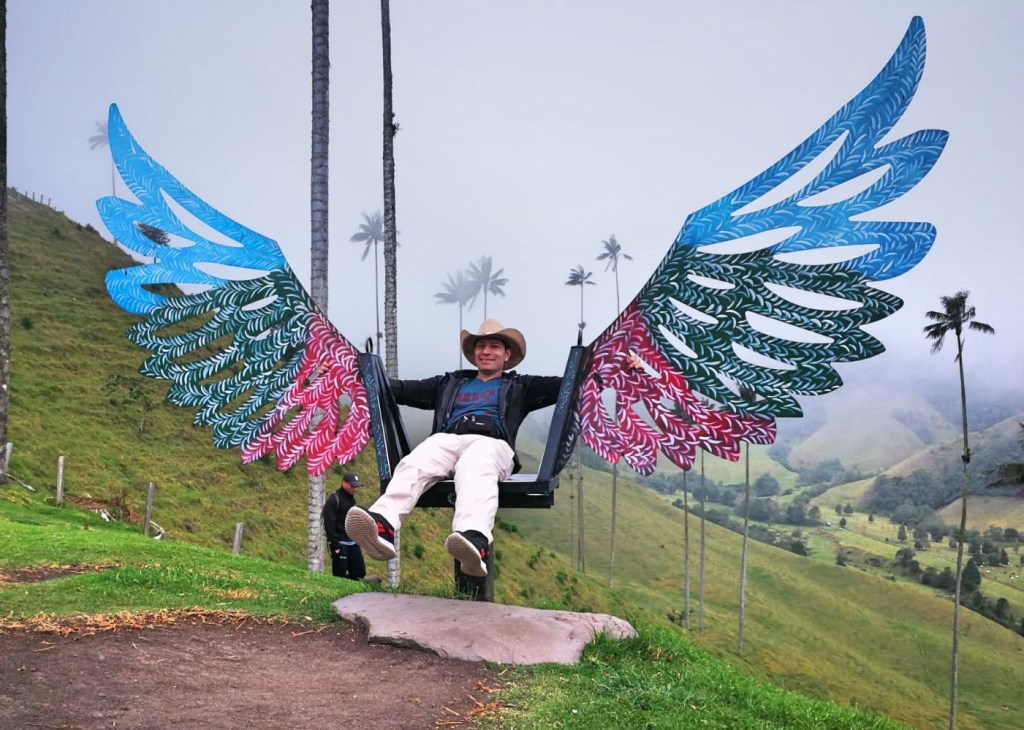


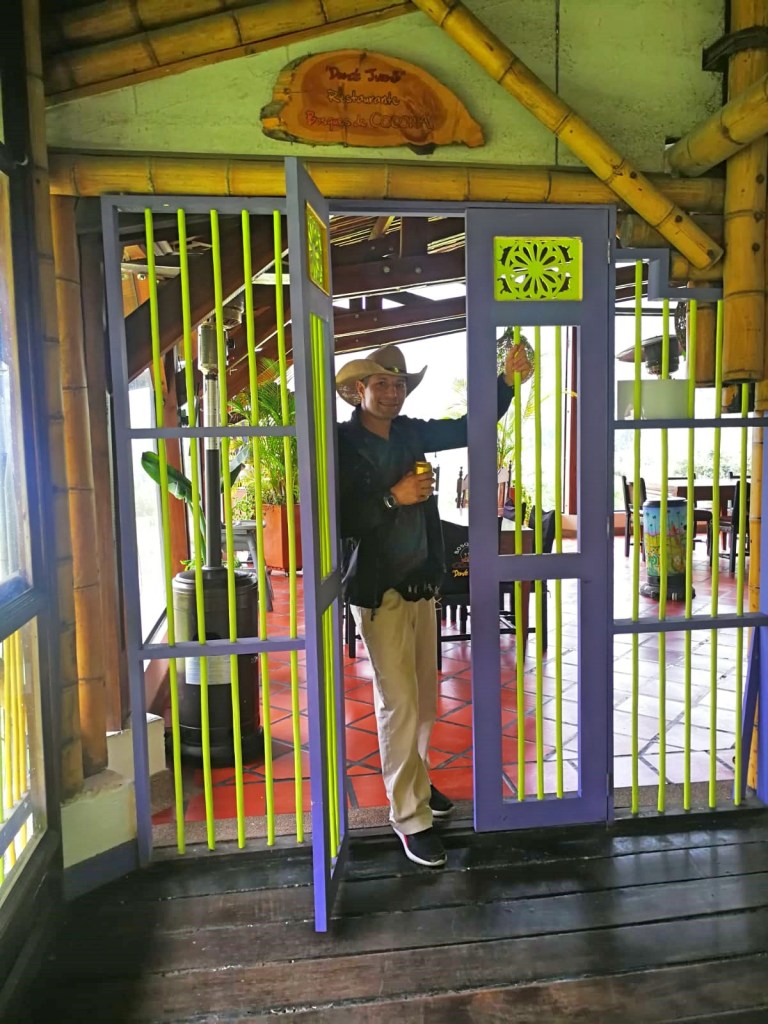






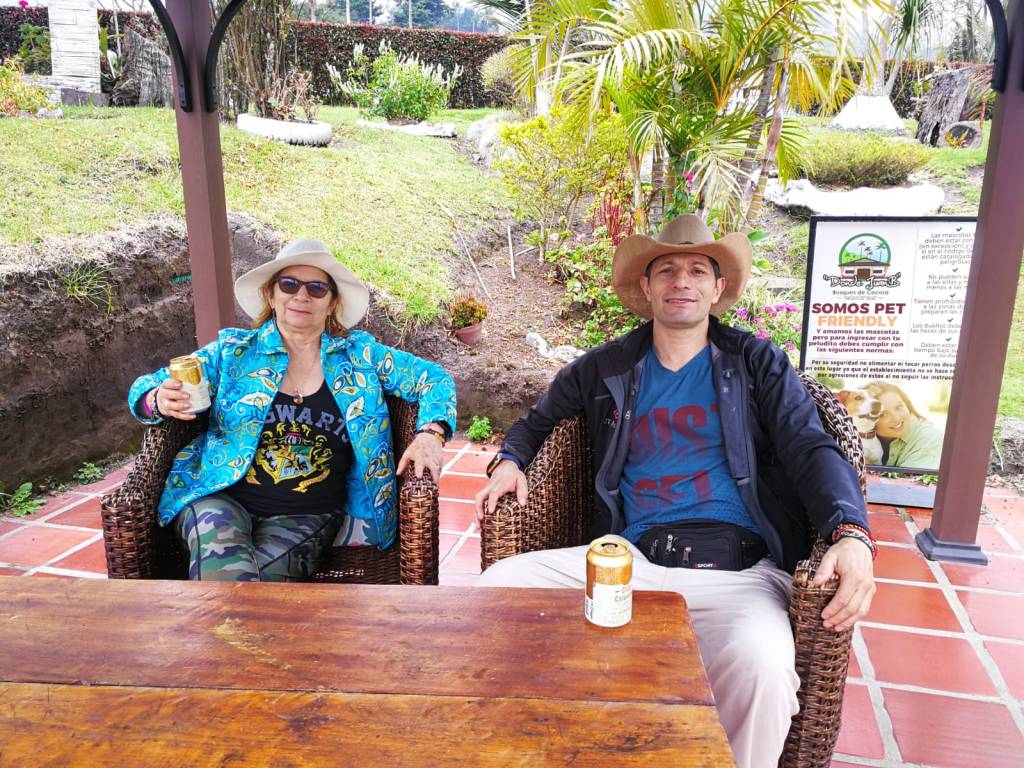












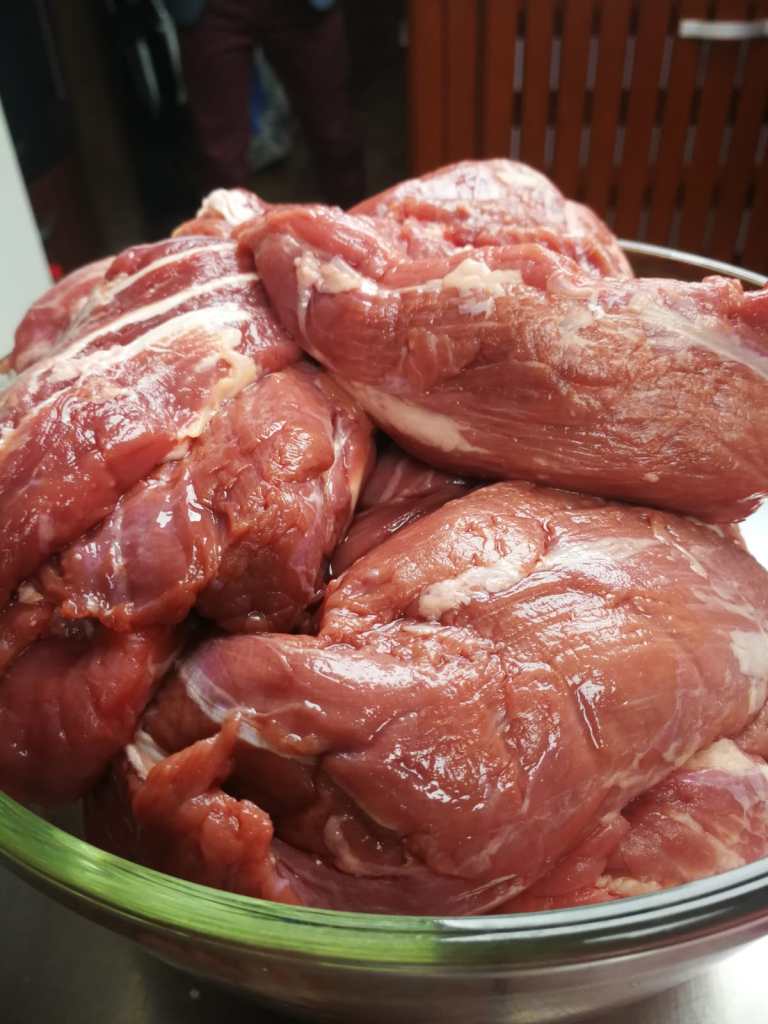



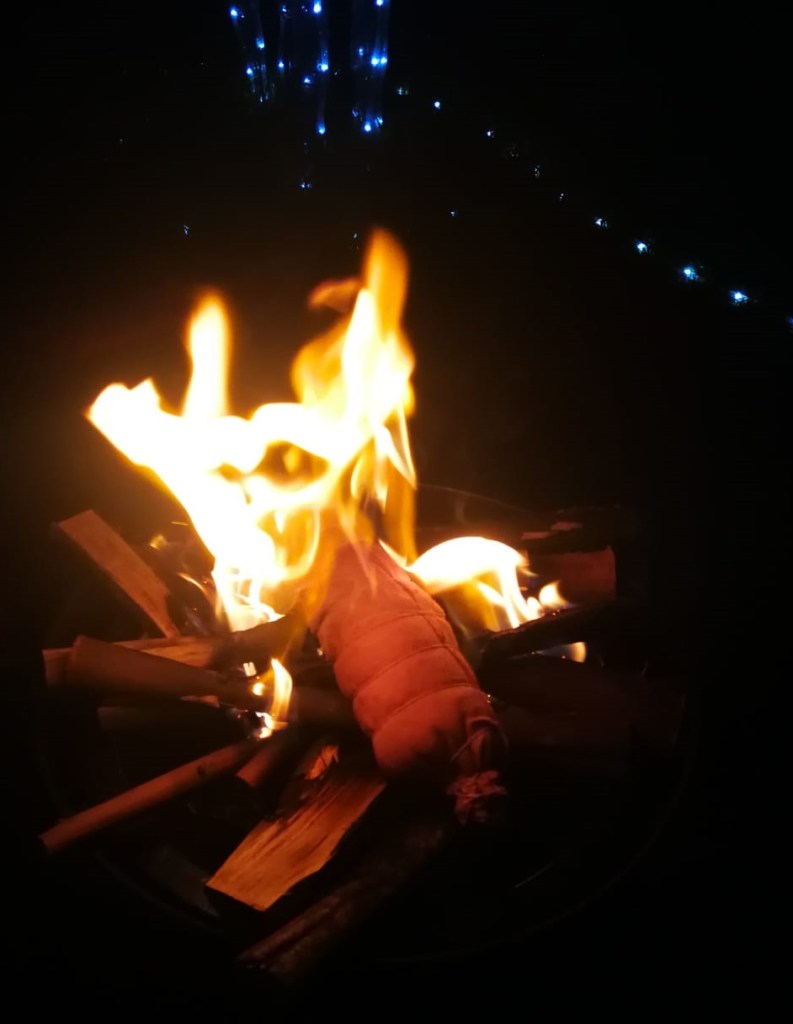
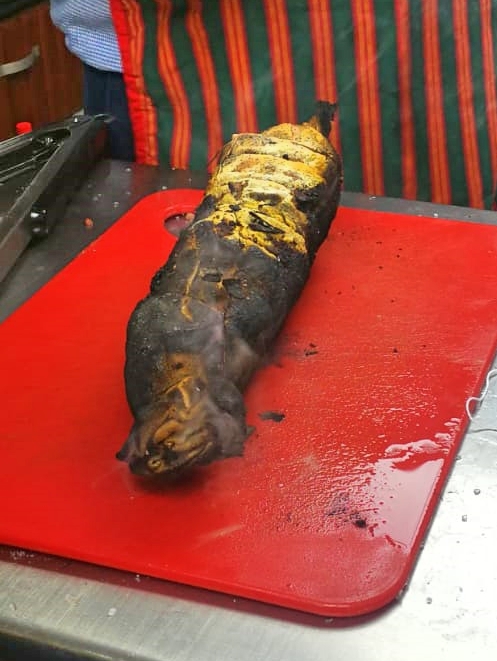








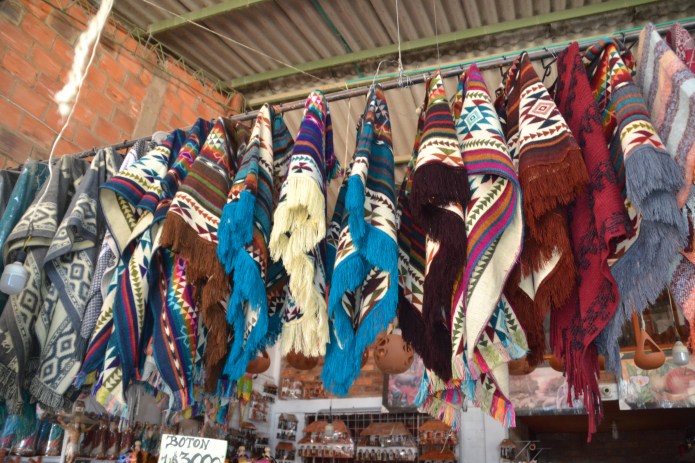











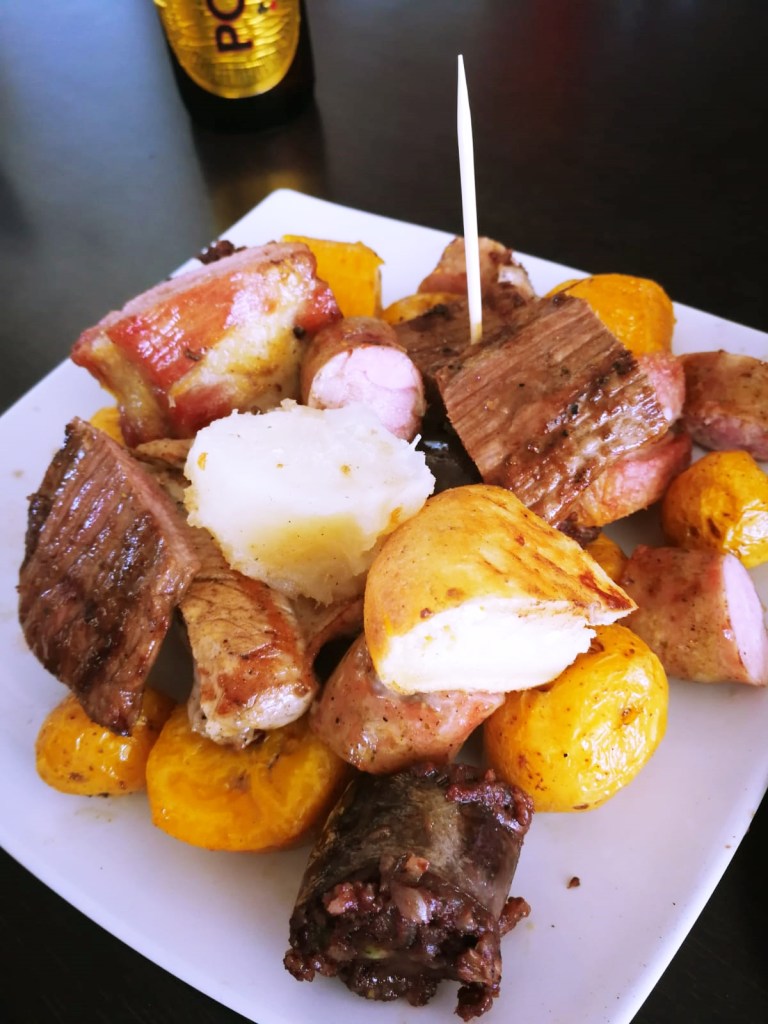
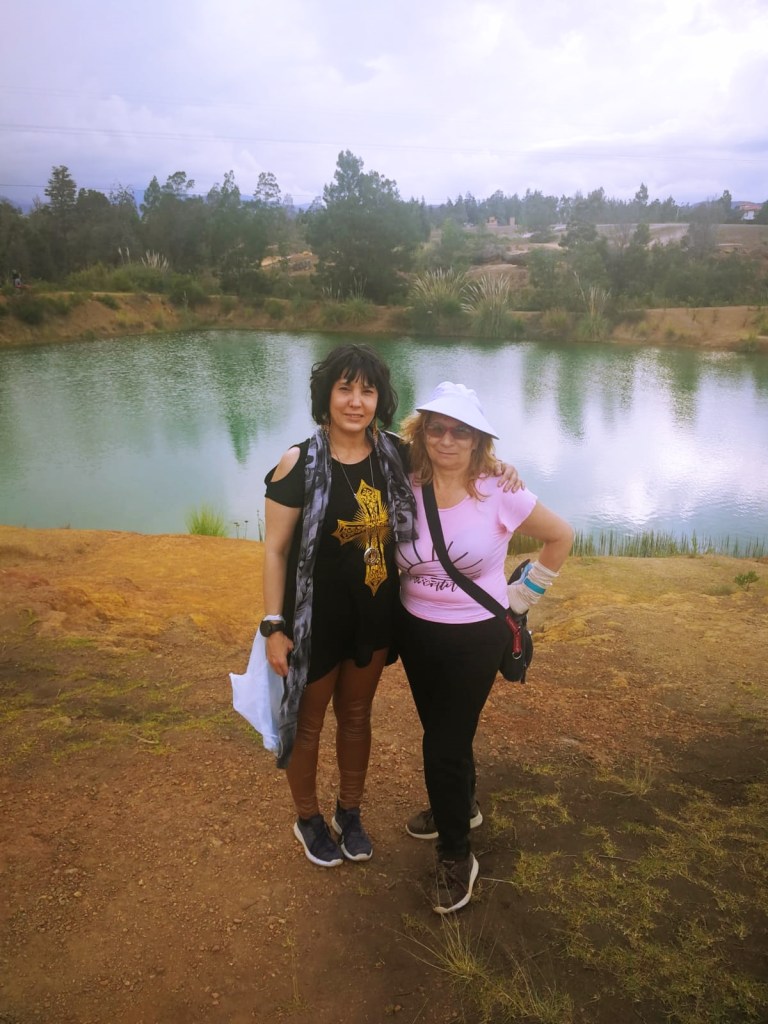
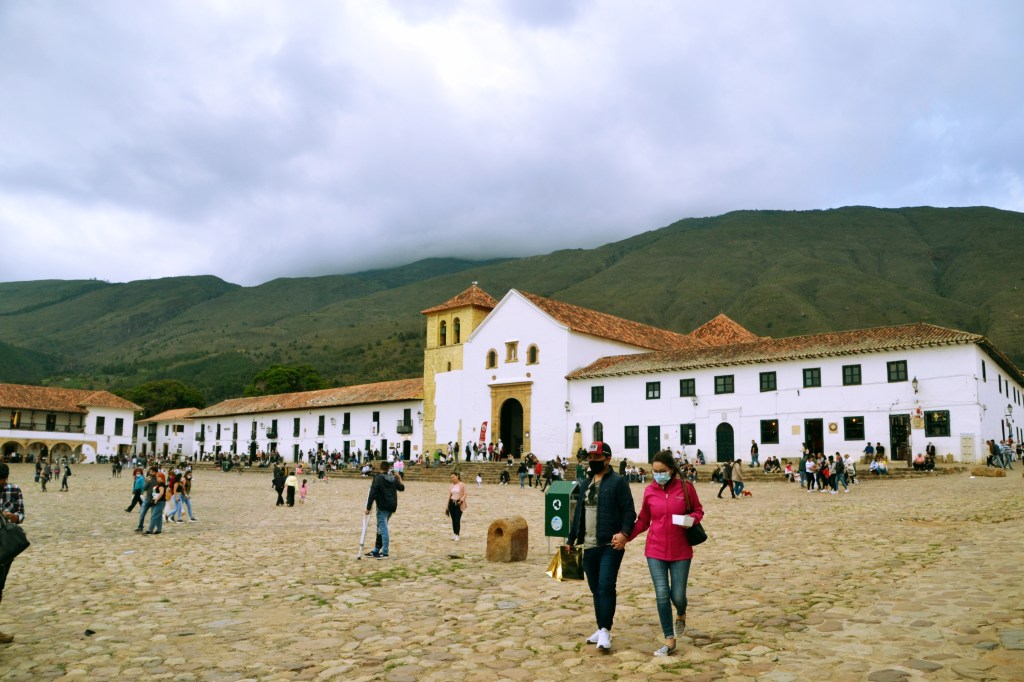











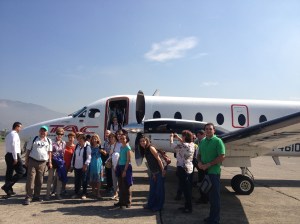























































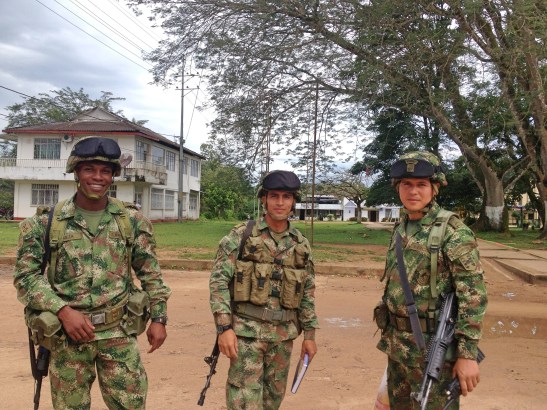

















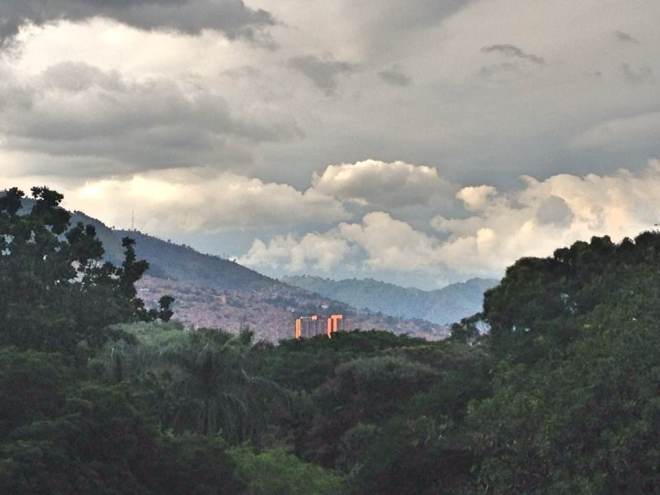











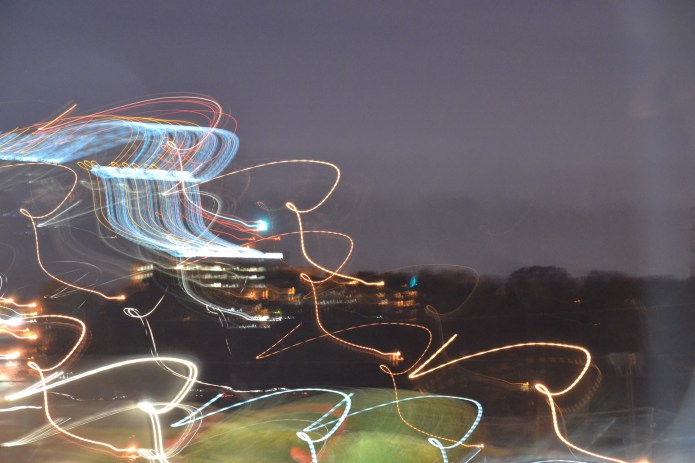
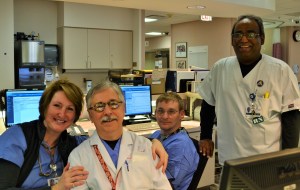

















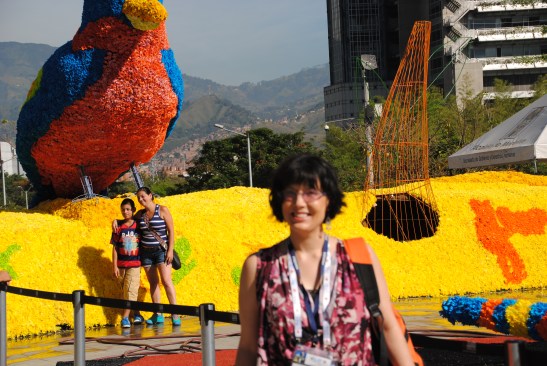











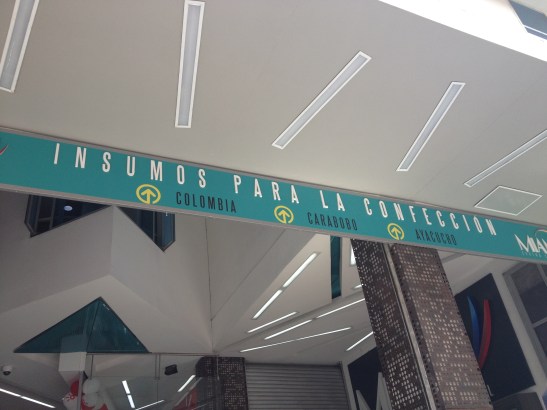







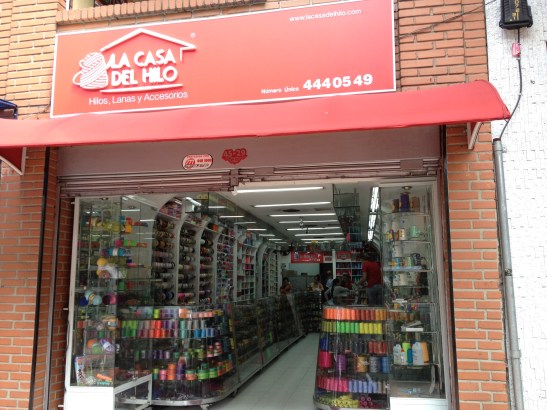







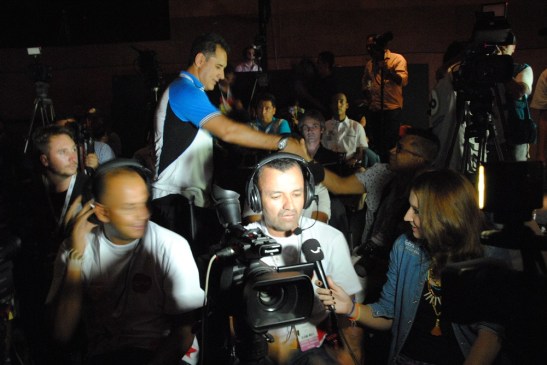





![IMG_1768[1]](https://colombianculture.com/wp-content/uploads/2014/07/img_17681.jpg?w=547)

![IMG_1780[1]](https://colombianculture.com/wp-content/uploads/2014/07/img_17801.jpg?w=547)





